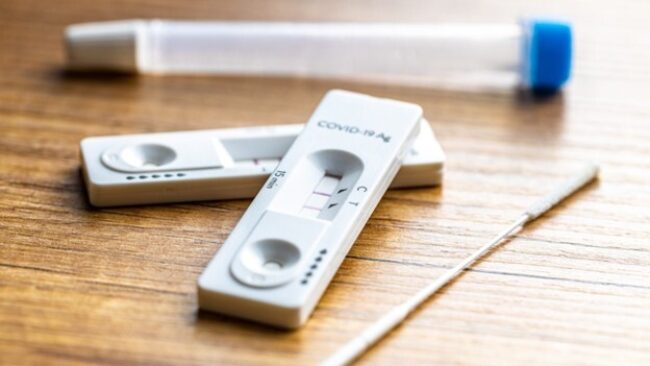
In vitro diagnostic products (IVDs) are devices as defined in section 201(h) of the Federal Food, Drug, and Cosmetic Act, and may also be biological products subject to section 351 of the Public Health Service Act. Like other medical devices, IVDs are subject to premarket and postmarket controls. The FDA classifies medical devices, including IVD products, into Class I, II, or III based on the level of regulatory control necessary to reasonably assure safety and effectiveness. The classification of an IVD (or other medical device) determines the appropriate premarket process.
IVDs involve reagents, instruments, and systems intended for diagnosing diseases or other conditions, determining the state of health, and curing, mitigating, treating, or preventing disease or its sequelae. These products are used to collect, prepare, and examine specimens taken from the human body. For example, physicians can use a molecular test to determine a COVID-19 infection by using a lab technique called reverse transcription polymerase chain reaction (RT-PCR) to detect the virus’s genetic material collected from a nasal swab.